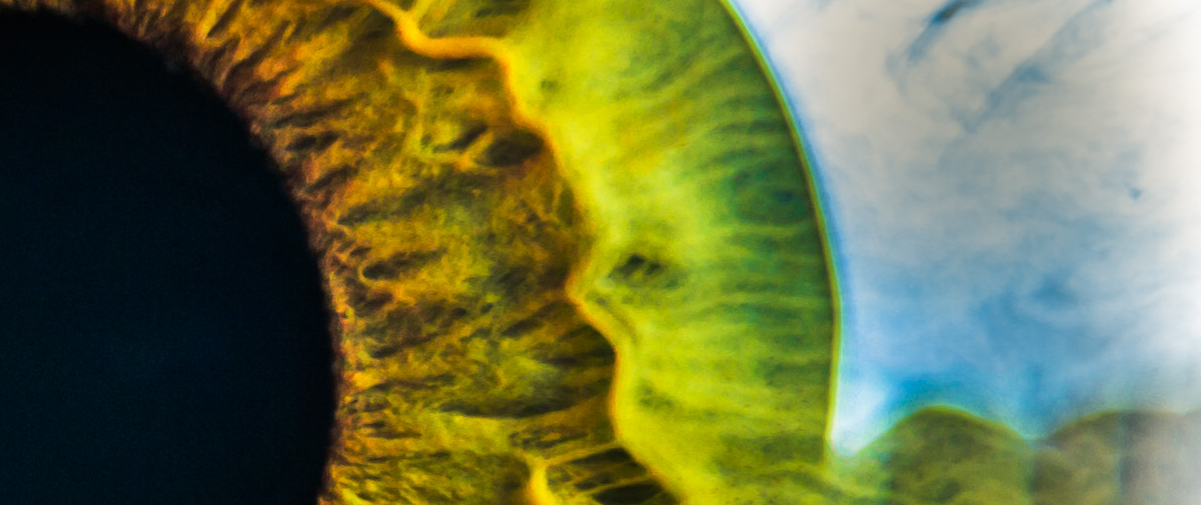Strabismus vs Amblyopia vs Convergence Insufficiency

The medical terms for lazy eye are strabismus and amblyopia. Strabismus and amblyopia are both binocular vision disorders. Although they often co-occur and both are often referred to as lazy eye, they are different conditions with vastly different treatments and symptoms.
| Strabismus | Amblyopia | Convergence Disorders | |
|---|---|---|---|
| Commonly Called | Lazy Eye, Crossed Eye, Squint, Walleye | Lazy Eye | CI |
| Types | Exotropia, esotropia, hypertropia, hypotropia | Refractive, Strabismic, Deprivational | Convergence insufficiency, convergence excess |
| Definition | Misalignment of the eyes | Decreased visual acuity (clarity) in at least one eye even after correction of the underlying vision problem (such as with glasses). | Inability to point the two eyes at the same object. |
| Symptoms | Double vision, loss of depth perception, eye strain, headaches, difficulty driving, difficulty reading | Loss of depth perception, difficulty driving | Headaches, eye strain, neck strain, trouble reading, double vision |
| Signs | Cover testing or the Hirschberg test is used in the diagnosis and measurement of strabismus and its impact on vision. | Low visual acuity in one or both eyes, out of proportion to the structural abnormality of the eye and excluding other visual disorders as causes for the lowered visual acuity | High exophoria at near, reduced accommodative convergence/accommodation ratio, receded near point of convergence, low fusional vergence ranges and/or facility. |
| % of Population | 4% | 3% | 5%-13% |
| Treatments | Eyeglasses, surgery, vision therapy, vision training, VR eye exercises | Eyeglasses, eye patching, atropine eye drops (chemical eye patching), vision therapy, vision training, VR eye exercises |
Eyeglasses, prisms, vision therapy, vision training, VR eye exercises, pencil pushups |
